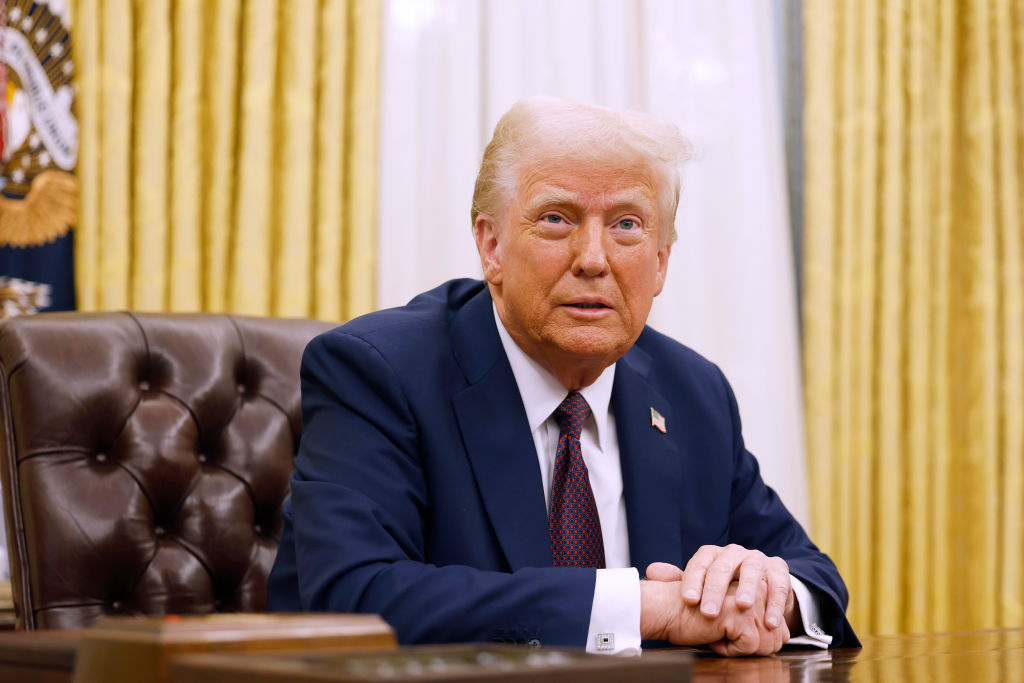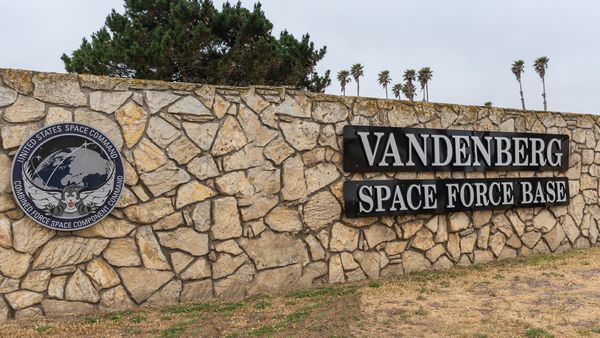
To help you understand what's going on in politics and what we expect to happen in the future, our highly experienced Kiplinger Letter team will keep you abreast of the latest developments and forecasts (Get a free issue of The Kiplinger Letter or subscribe). You'll get all the latest news first by subscribing, but we will publish many (but not all) of the forecasts a few days afterward online. Here’s the latest…
What to say about term-two Donald Trump? The president is testing his limits — legally, politically and otherwise — with mixed results so far. This is evident with Trump’s signature issues.
1. Immigration
Take immigration. While the president signed a legally contentious executive order curtailing birthright citizenship during his first week in office, he hasn’t dramatically ramped up deportations of undocumented immigrants. Daily arrest numbers have surpassed those under Joe Biden. But Trump has been forced to release some of the detainees because of a lack of detention space, an obstacle that Congress likely must overcome with more funding. As a stopgap, officials are lining up deals with sheriffs around the country. Expanding detention at places like Guantanamo Bay naval base has hit legal snags.
2. Trade
On trade, Trump has found more success, using tariff threats for other objectives. Canada and Mexico staved off the imposition of duties by agreeing to help the U.S. with drug smuggling and immigration enforcement. The White House appears eager to try a similar approach with China.
This isn’t the president’s final word on either issue. Behind the scenes, he is urging immigration officials to ramp up arrests and deportations. Moreover, tariffs on countries like Canada and Mexico are on hold only temporarily. Don’t be surprised if Trump keeps wielding this threat to extract further concessions from the countries being targeted — an effective tactic, but a source of angst for importers and exporters.
3. Government efficiency
The biggest test for Trump’s strategy will be efforts to shrink the government, led by Elon Musk. Musk has defied expectations for his Department of Government Efficiency by trying to shutter the U.S. Agency for International Development and gaining access to critical government employment and payment databases.
At the same time, pretty much all of the administration’s most ambitious steps face lawsuits. For example, a judge has directed the White House to unfreeze federal grant funding. A judge recently ruled in favor of the president’s deferred resignation plan, for which 77,000 employees — over 3% of the federal workforce — have signed up. Also, the upheaval may effectively accomplish some of the president’s goals. Government workers whose job status is up in the air may opt to take different jobs.
Trump's vulnerability
It’s worth noting that Trump continues to enjoy a political honeymoon. He began his second term more popular than his first. His approval rating is currently 49%, on average, three points better than his roughly 46% disapproval. How long it will last remains unclear. Voters strongly like or dislike Trump more than any other modern president, making him vulnerable to sudden swings in popular opinion that could accompany negative economic news, for example.
This forecast first appeared in The Kiplinger Letter, which has been running since 1923 and is a collection of concise weekly forecasts on business and economic trends, as well as what to expect from Washington, to help you understand what’s coming up to make the most of your investments and your money. Subscribe to The Kiplinger Letter.







